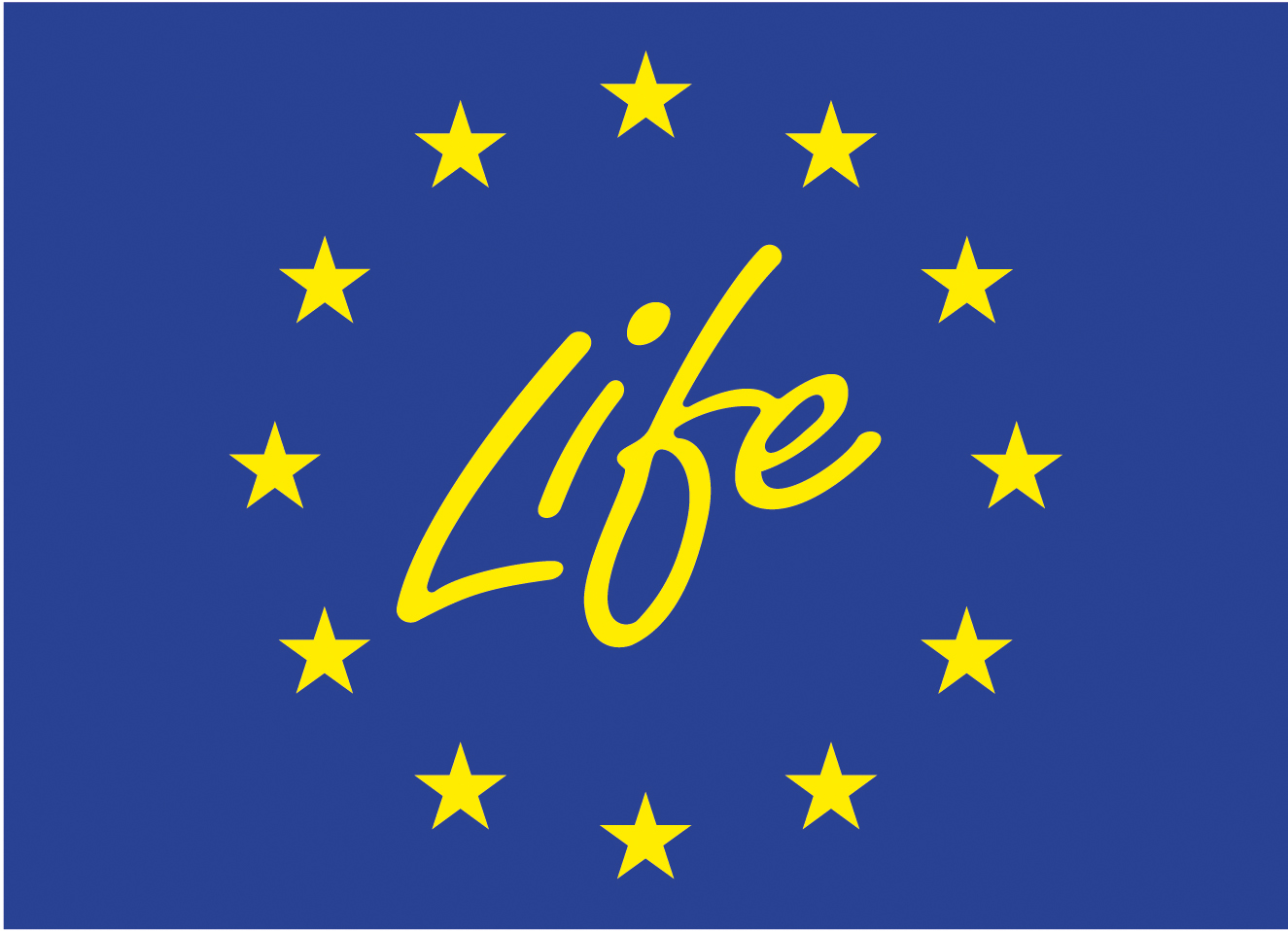
On Tuesday, 22 April, Valmiera residents, pupils and industry experts gathered at the Valmiera Pārgauja State Gymnasium to address the environmental challenges of the Valmiera Pārgauja neighbourhood in an urban planning workshop.
Valmiera Municipality Government is a partner of the LIFE LATESTadapt project. Within the framework of this project, studies on problem areas in Valmiera related to climate change impacts – heat waves and flooding caused by heavy rainfall – were carried out in 2023 and 2024. The Stacijas street area, bordering Meža, Nākotnes and Zvaigžņu streets, was identified as one of the most significant areas affected by such challenges, experiencing both excessive overheating and flooding during extreme weather events.
The event started with an introduction to the site-specific problem areas, as well as more information on nature-based solutions that could contribute to adaptation and mitigation of climate change in the neighbourhood. Participants then went out in teams to explore the site, to look at and assess the situation in nature, and to start thinking about what could be implemented to reduce, for example, overheating during the hottest days of summer.
Participants worked together in groups to develop solutions to environmental challenges in the area. Everyone had access to a catalogue of nature-based solutions, which described the solutions in more detail, and the opportunity to ask questions to experts in the field, who provided support and helped them to understand more about the challenges of the area and the application of nature-based solutions.
The teams were tasked with developing a plan, within a given budget, to reduce the impact of the challenges posed by climate change on the territory. It should be mentioned that most of the participants (pupils, citizens) had not been familiar with the concept of “nature-based solutions” before, so the task was challenging for everyone. Each team planned to plant new trees, contributing to shading and thus to a decrease in temperature in the area near the trees. The students chose to plant them more on the school grounds, as the school courtyard heats up quickly in the warm spring and early autumn days, including the classrooms and the sports field. Residents, on the other hand, more often chose to plant trees along Stacijas street up to Meža street, as well as in the area of Nākotnes street. Also, solutions such as rain gardens, permeable pavement, greenery, green walls and roofs were used.
The experts evaluated the teams’ work, awarding nominations for “Most Refreshing Solution”, “Most Rational Solution”, “Most Precise Solution”, “Most Inspiring Solution” and “Most Scientifically Valid Solution”. We would like to thank everyone for their time and vision on how to develop the different areas of the Pārgaujas quarter, not only for the well-being of people, but also to protect and restore the threatened natural ecosystems! Citizens’ participation and opinions are very important for the future development of the area, as the solutions developed by the participants will contribute to the thematic plan “Valmiera State City Green Infrastructure Development Plan”, currently under preparation, and will be the basis for further actions by the municipality for the development of the neighbourhood.
The workshop was organised in cooperation with the Baltic Environmental Forum and experts from the Ministry of Smart Administration and Regional Development within the framework of the project LIFE LATESTadapt.
Information prepared by:
Elizabete Brūvere
Valmiera Municipality Government
Branding and public relations department
Environmental communication project manager















